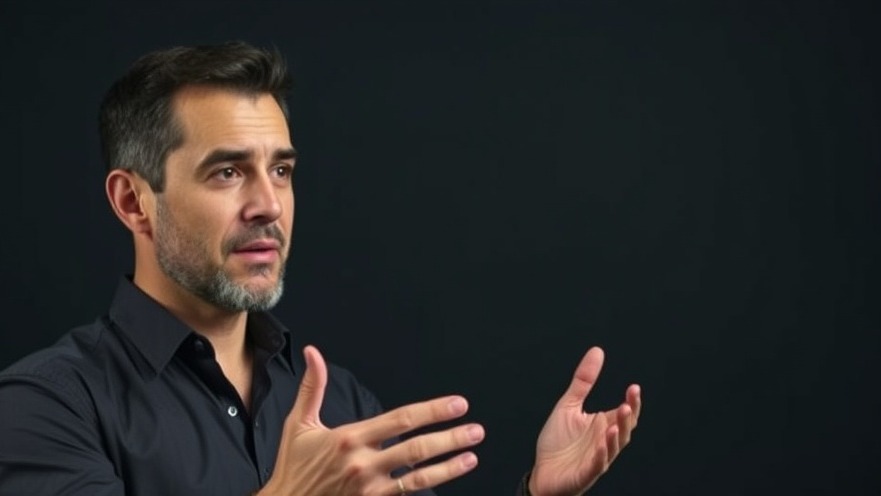
The Power of Pricing: How the Decoy Effect Works
Have you ever been in a store and noticed that a middle option was designed to make the more expensive item seem like a better deal? This is not just good marketing; it's a psychological tactic known as the decoy effect. By strategically placing a less appealing option, businesses can guide your buying decision towards a premium choice that you might not have considered otherwise. For gym owners, leaping into this tactic can transform their membership conversion rates.
In Value Stacking, the discussion dives into effective pricing strategies for gyms by introducing the decoy effect, exploring key insights that sparked deeper analysis on our end.
Why Most Gyms Get Pricing Wrong
Many fitness studios set their pricing in a straightforward manner, often offering three membership tiers. For example, a gym might promote memberships at $49, $99, and $199. While this might seem logical, it often backfires. Many potential members choose the middle option, which may not actually provide the value they desire. Instead, altering the second tier to $189 turns that tier into a decoy — effectively making the $199 premium option look like a bargain.
Unpacking Value Stacking
To maximize the effectiveness of the decoy effect, gym owners should incorporate another powerful strategy known as value stacking. This involves enhancing the premium membership with additional benefits, creating an attractive offer that prospects can’t resist. By adding perks such as personal training sessions, nutrition consultations, or exclusive access to special classes, gym owners can make the premium membership not just a choice, but a clear necessity for serious fitness enthusiasts.
Success Rates You Can't Ignore
Research indicates that introducing a decoy option can lead to over 85% of buyers opting for the higher-priced membership. This staggering statistic reveals that many gyms are potentially leaving money on the table by not implementing these pricing strategies effectively. By understanding consumer psychology and valuing their membership tiers, gym owners can significantly boost their overall revenue.
Real-World Examples and Applications
Let's look at a hypothetical case featuring a fictional gym called FitPro Gym. When FitPro Gym introduced a $189 monthly membership alongside a $199 tier enriched with value-added services like discounts on merchandise and free group classes, they saw membership sign-ups increase by 40% in just three months. This real-world application emphasizes how effective these strategies can be when correctly executed.
Challenges and Misconceptions
Some gym owners might resist changing their pricing strategy due to fear of alienating lower-budget members. However, understanding that the decoy effect helps position your premium offering as providing more value will illustrate to customers that higher prices bring additional benefits. It’s crucial for gyms to communicate this added value clearly, eliminating any misconceptions about pricing structures.
Are You Ready to Transform Your Pricing?
Implementing the decoy effect and value stacking isn’t just a nice-to-have; it’s a crucial step in modern marketing for gyms. Interested gym owners can look into further training resources available online to learn how they can implement these strategies effectively. Educating yourself on these methods will make a substantial difference in your gym's financial health.
The ideas presented in the video Value Stacking outline the importance of strategic pricing in the fitness industry. By understanding the psychology behind consumer choices, gym owners can leverage this knowledge to improve their financial performance.
 Add Row
Add Row  Add
Add 




Write A Comment